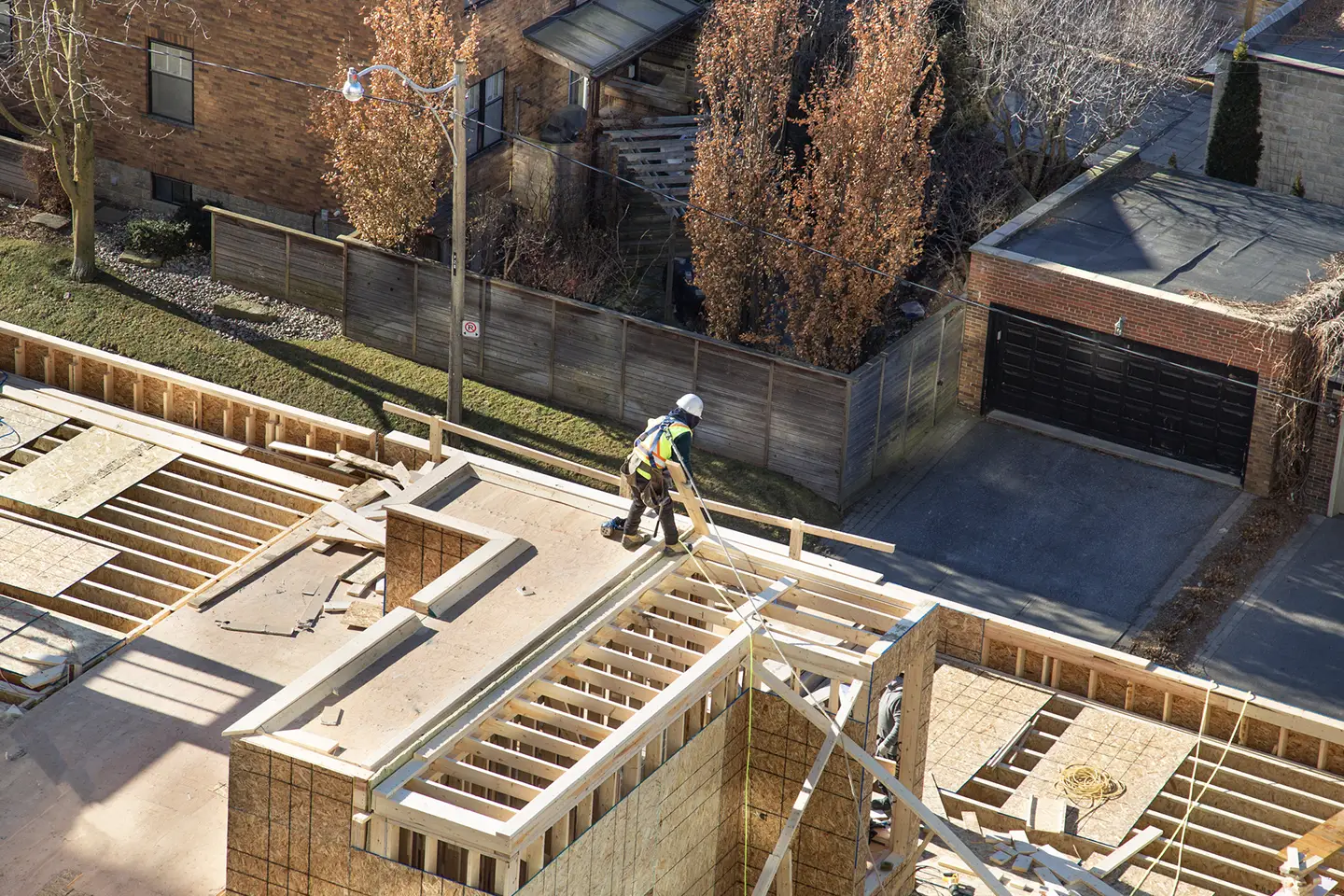Government of Ontario Removing Barriers to Housing Connections

Earlier today the Government of Ontario announced measures that are intended to remove barriers that slow the construction of new homes and businesses and make it easier and more affordable to connect to the electricity system – or connections colloquially known as “the last mile”. As part of the announcement the government indicated that it intends to introduce new legislation, launch a Housing Electricity Growth Forum, and establish and implement all the recommendations from the Ontario Energy Board’s Housing Connections Report.
The province expects that these measures will reduce barriers to home building, job-creating investment, and agricultural expansion.
New Legislation Expected
The government intends to introduce legislation that will, if passed, support the construction of new homes and businesses by making it easier and more affordable to make those “last mile” connections. The legislation would amend the Ontario Energy Board Act, 1998 to enable regulation making authority to protect existing ratepayers while reducing upfront capital costs of new lines that would otherwise increase the costs to new homes and businesses.
The new regulatory making authority is expected to help reduce costs for “first-mover” customers by allowing costs of new infrastructure to be allocated as additional customers in high-growth areas connect to the line, rather than all costs being paid for by the “first mover.” This has been an historic barrier to development in the province for decades, and offers a path to change that may help expedite development.
OEB Housing Connections Report Recommendations
The Minister of Energy and Electrification has asked the OEB to implement all recommendations from its Housing Connections Report, which was requested in the November 2003 Letter of Direction from then Minister of Energy.
Through consultation with stakeholders, the OEB reviewed its current cost recovery framework and assessed the feedback and insights gathered from stakeholders regarding the distribution system expansion for housing developments. As a result of this work, the OEB has identified the following actions:
- Amending the Distribution System Code (DSC) to provide clarity on distributors’ discretion to extend the connection horizon for specific circumstances.
- Amending the DSC to provide clarity regarding the process and requirements when the horizon is extended.
- Establishing a capacity allocation model that considers multi-customer, multi-year projects.
- Amending the DSC to extend the maximum revenue horizon for residential developments from 25 years to 40 years.
By implementing the above changes to the current cost recovery framework, the Government may more swiftly and effectively address issues relating to the connection of large greenfield developments – including reducing the potential for considerable financial burdens shouldered by initial developers due to significant upfront infrastructure costs.
We expect that the OEB will initiate consultations with stakeholders on operationalizing the connection horizon extension, the capacity allocation model, and revenue horizon extension. The OEB already notes that particular attention will be placed on maintaining fairness and minimizing administrative burdens.
Housing Electricity Growth Forum
The Province of Ontario also announced that it will establish a Housing Electricity Growth Forum to bring together designated municipalities with housing targets, impacted local utilities, industry and construction leaders, and the OEB to discuss ways to accelerate connections while reducing costs. This Forum will be chaired by the Deputy Minister of Energy and Electrification, Susanna Laaksonen-Craig, and the Deputy Minister of Municipal Affairs and Housing, Martha Greenberg. The first meeting is expected before the end of the year.


